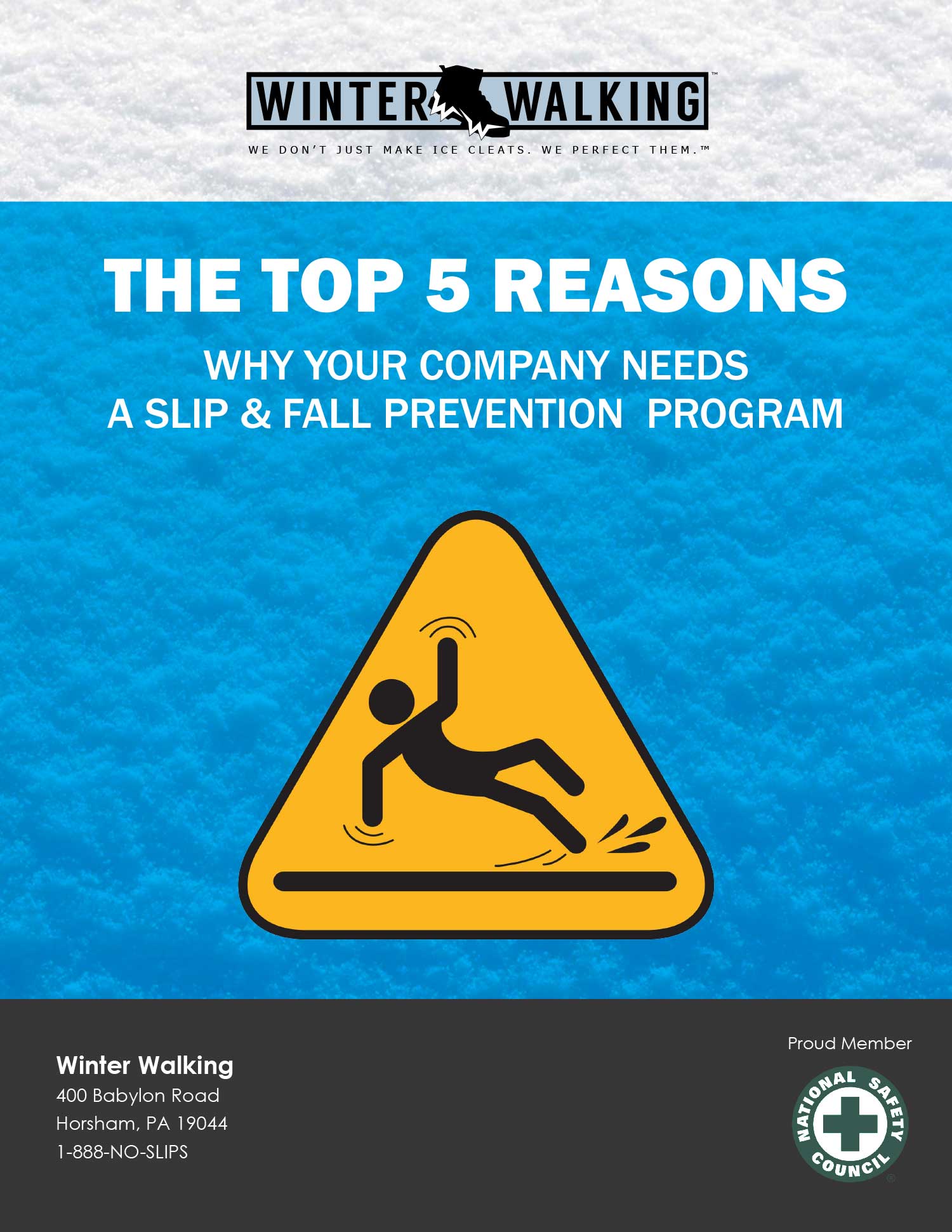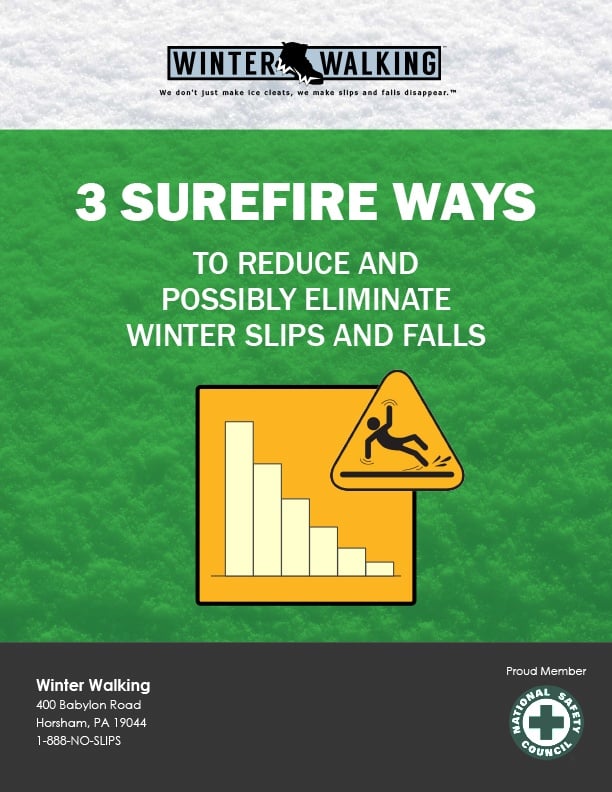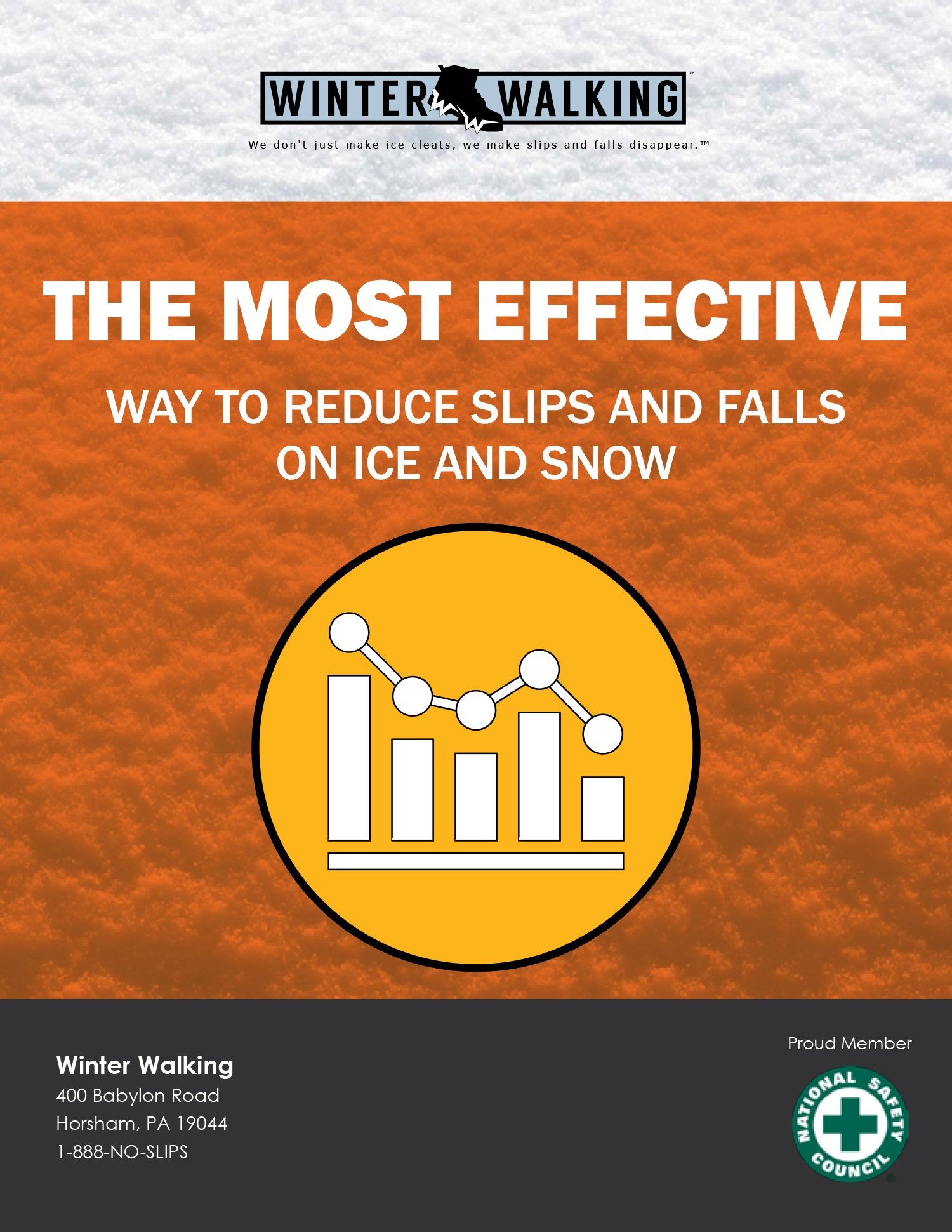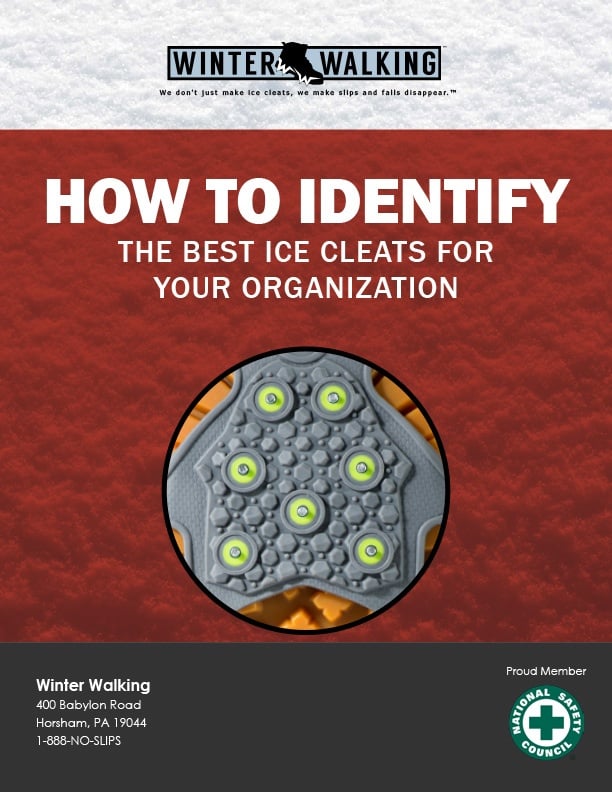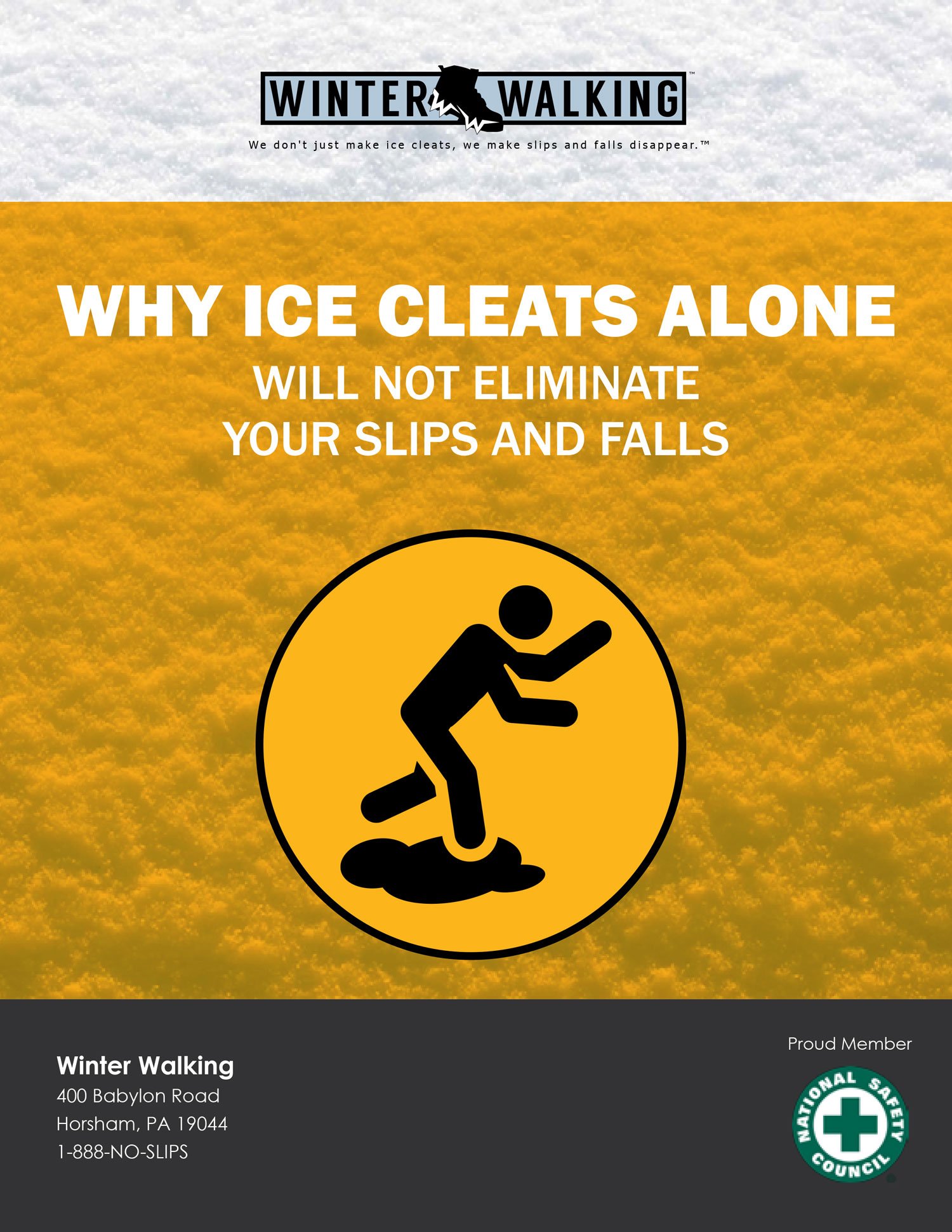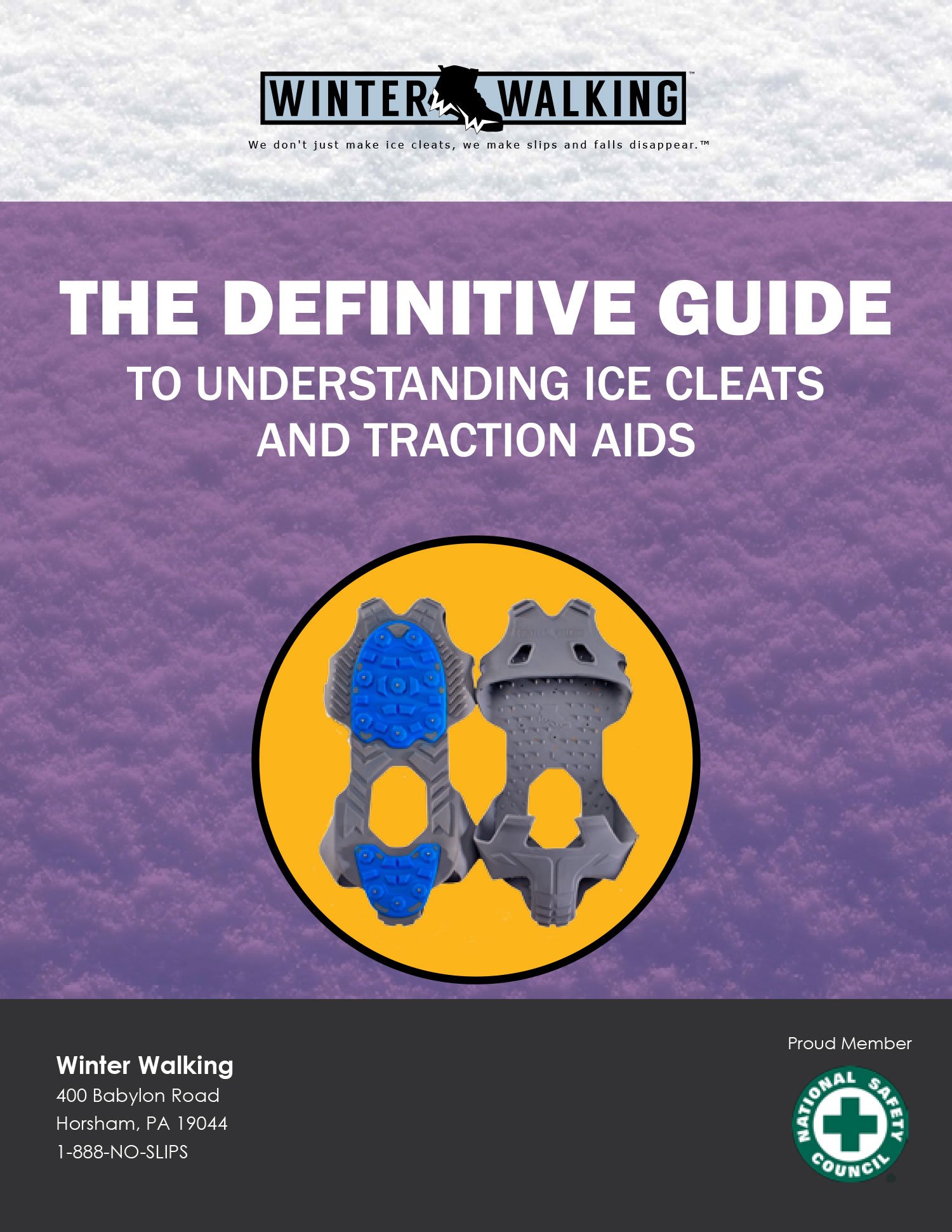As a safety professional, I have a crucial question for you: What is your biggest safety sin or workplace hazard?
Before I reveal mine, let me provide some context. Winter Walking is the largest manufacturer of ice cleats in North America. We take immense pride in helping hundreds of companies and thousands of employees reduce the risk of slip and fall injuries while on the job. But imagine the embarrassment and devastation if I were to personally experience a slip and fall injury on ice or snow. That would undoubtedly be my biggest work-related sin.
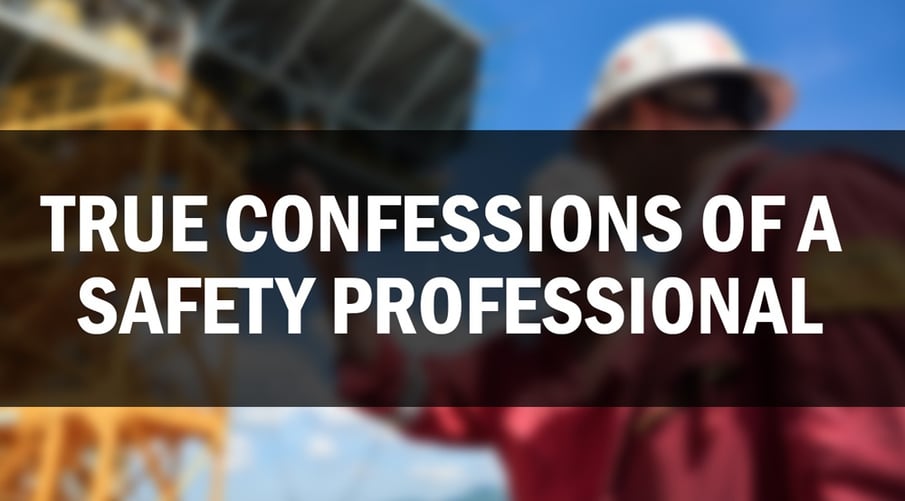
So, what would be my second biggest sin? It would be if one of my employees suffered a slip and fall. Not only because of what we do here, but because I could have and should have prevented it from happening in the first place. How can I justify being the largest manufacturer of ice cleats and not provide my own employees with their own pairs?
Now, I ask you, the safety professional who has taken the time to read this post: What would your biggest workplace hazard or work-related sin be? Perhaps it would be related to conducting yourself unsafely, right? And what about your second biggest sin? I would venture to guess that it might be witnessing someone whose safety you are responsible for suffering due to something that could have been prevented if you had provided them with the necessary tools and education.
When it comes to preventing slips and falls this winter, don't risk committing your biggest sin. First and foremost, ensure that you are taking precautions and wearing your traction aids when walking on ice and snow. Secondly, make sure that the employees under your care are provided with ice cleats and proper training before they step outside.
Implementing safety guidelines like wearing ice cleats should start at the top. If your employees don't see you wearing them, they may question why they should. And if you are wearing your ice cleats, their question may then become, "Why can't I have a pair too?" Once you realize that winter slips and falls can be prevented, it is up to you, the safety professional, to eliminate that risk.
Thank you for reading. If you found value in this post, please consider sharing it with your LinkedIn network or simply “like” it.
Jordan Bell is the President for Winter Walking. He has been helping organizations across a wide variety of business sectors prevent workplace slips and falls in ice and snow for over 20 years. Winter Walking currently helps some of the world’s largest organizations keep their employees both safer and more productive while working outdoors in the winter season. Contact jordan@winterwalking.com or visit www.winterwalking.com.


